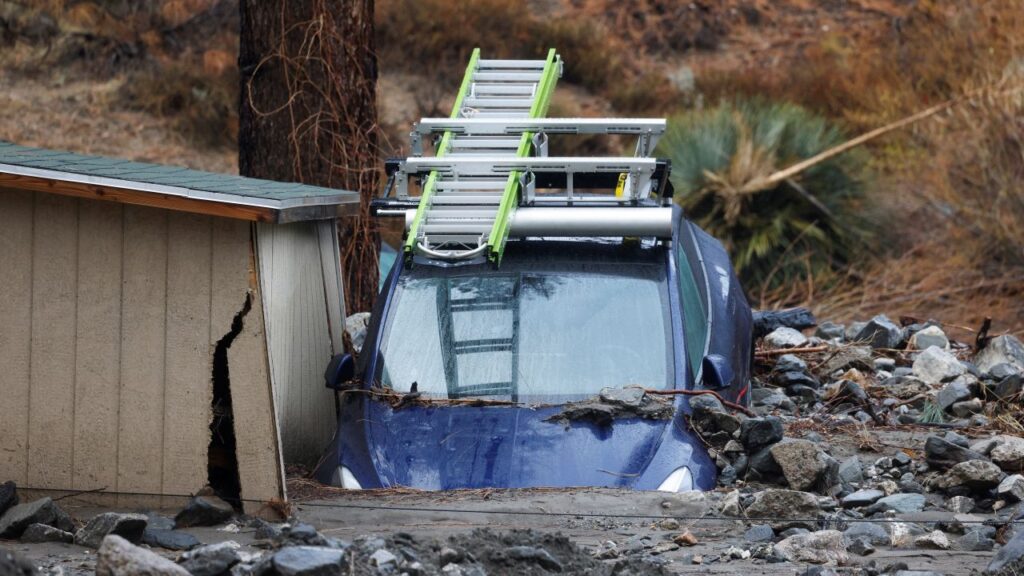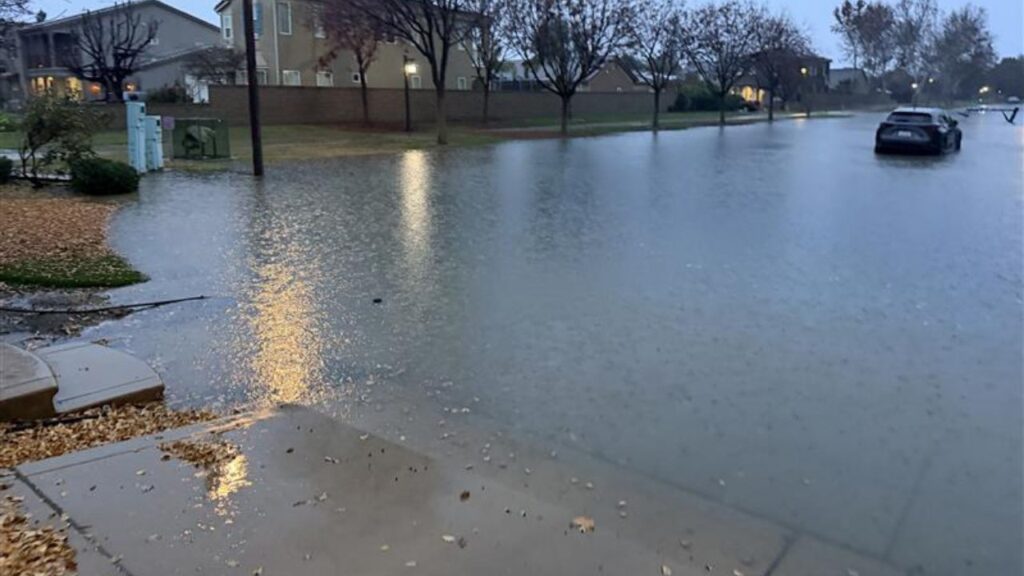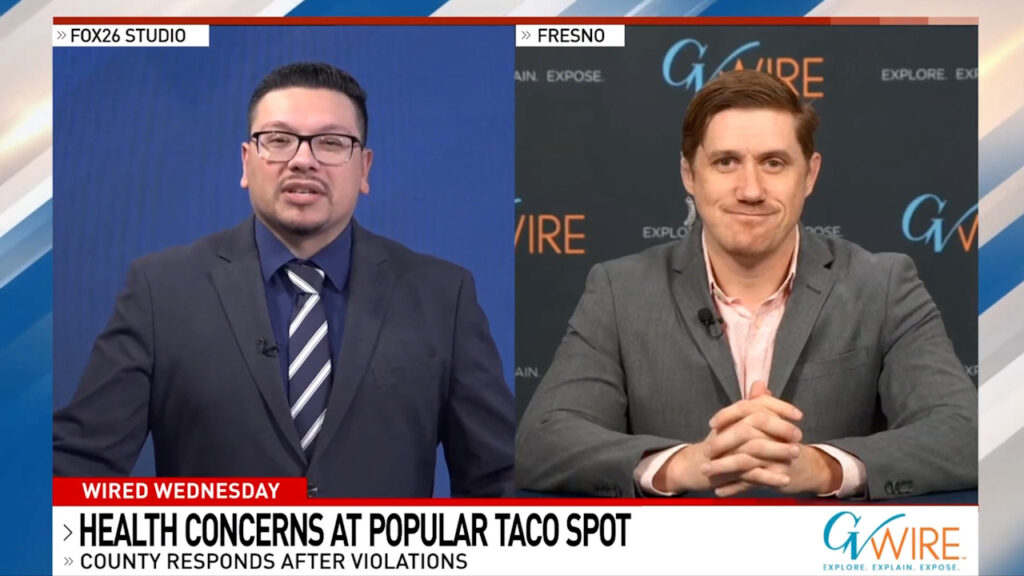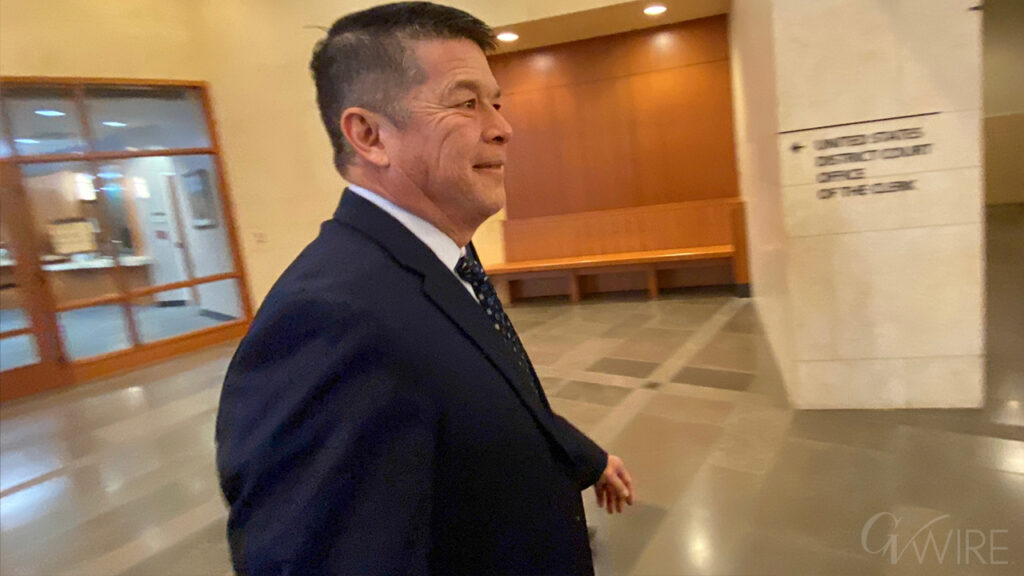Assembly Bill 942 from Assemblymember Lisa Calderon, D-Whittier, would put the buyer of a home with solar into a new solar rate program far less advantageous than the one that's likely on the home. (GV Wire Composite/Paul Marshall)

- People buying a home with solar panels would be put into the new solar rates, drastically lowering incentives.
- Assemblymember Lisa Calderon, D-Whittier, says people without solar subsidize people with solar.
- The bill would prematurely end contracts supposed to last 20 years, say solar industry advocates.
Share
|
Getting your Trinity Audio player ready...
|
A new California bill would eliminate existing solar credit contracts for homeowners when they sell their homes, potentially removing thousands of dollars from the value of a home.
Assembly Bill 942 — authored by Assemblymember Lisa Calderon, D-Whittier, a former utility company officer — ends the Net Energy Metering 1.0 and 2.0 contracts when a home sells, regardless of how much is left on the contract.
The bill’s author says non-solar ratepayers have subsidized solar customers for too long.
Eliminating NEM 1.0 and 2.0 increases how long it takes to pay off a system, says Stephanie Doyle, California State Affairs Director for the Solar Energy Industries Association. Doyle says it also breaks contracts that were supposed to last 20 years.
“Changing rules to a program midstream creates harm to the consumer. It also damages trust in future programs, and we think it will also erode general investor confidence in California for the solar market,” Doyle said.
Danyelle Conner, Realtor with London Properties, said solar adds about 4% to a home’s value. Eliminating the savings could turn a buyer off from homes with solar, she said. And paying off a system can take a significant amount from a home’s selling price.
“Buyers will not want someone else’s problem and potentially high payments. In addition, paying off the solar is rarely an option because of the cash needed by either a buyer or a seller,” Conner said. “It’s absolutely unfair to retroactively break these contracts and it is a definite threat to home values. Real estate agents who are backing the (California Association of Realtors) believe the solar should be attached to the system, not the property owner.”
Non-Solar Customers Subsidizing Panel Owners: Calderon
The Assembly Appropriations Committee estimates AB 942 will save non-solar ratepayers $2.5 billion through 2043. The bill also eliminates a climate credit for solar owners worth $1.1 billion through 2030.
It passed the Assembly June 3 and is now being heard in the state Senate.
A previous version of the bill would have retroactively changed the 20-year contract for solar rates to a 10-year contract. After a recommendation to amend the bill from the Appropriations Committee, that portion was eliminated.
Calderon says solar credits come at the cost of ratepayers who can’t afford solar.
“Solar power is an important part of state’s renewable energy grid, but we have to reevaluate how our current solar subsidy programs impact Californians who may not be able to afford solar-panel systems,” said Calderon in a statement. “Our energy bills are becoming increasingly unaffordable, and we must address this ratepayer inequity.”
Before joining the assembly, Calderon worked for utility giant Edison International as the government affairs director for its political action committee, going back to at least 2000, she told the Public Affairs Council. Calderon’s office did not respond to a request for comment on how or if that played a role in the bill.
AB 942 Breaks Contracts, Increases Time to Pay Off Solar: Doyle
Lawmakers created the solar rate program in 1997 to encourage property owners to install solar. The program pays panel owners for the energy put back into the grid. The first version of the program paid owners at the retail rate. That rate was changed in 2016, creating NEM 2.0.
Now, nearly 2 million solar owners have a solar rate contract — either NEM 1.0 or 2.0, according to the Appropriations Committee.
The number of solar projects started to accumulate in 2014, meaning most projects still have significant time on their contracts.

The new solar rate, called Net Billing Tariff or NEM 3.0 significantly reduces how much panel owners get paid for the power they export, Doyle said.
But when purchasing a solar system, customers take those solar rates into the calculation of how long it takes to pay off a system.
“There’s still benefits to going solar, obviously, but it just changes it — makes your payback longer, basically,” Doyle said.
Federal Solar, Wind Cuts Could Up Power Bills By $50 Billion: SEIA
At the federal level, President Donald Trump’s “Big Beautiful Bill” would reduce many solar and wind incentives. After Trump’s threats in 2024 to eliminate clean-energy incentives, companies have pulled back on $15.5 billion in proposed factories and clean-energy projects, according to the New York Times.
The Solar Energy Industry Association estimated that if the current cuts stick through reconciliation, the bill could end 330,000 industry jobs by 2028, including 35,000 solar jobs in California.
It puts 331 factories at risk or closing or never coming online — including 25 in California, analysis from the association estimates.
Jacob Weinberg, senior manager with the association said the cuts could increase utility rates across the nation.
“California has high energy prices and the repeal would threaten to really exacerbate the issue for everyone,” Weinberg said. “We’re looking at a $50 billion increase in consumer electricity prices over the next couple years.”



















